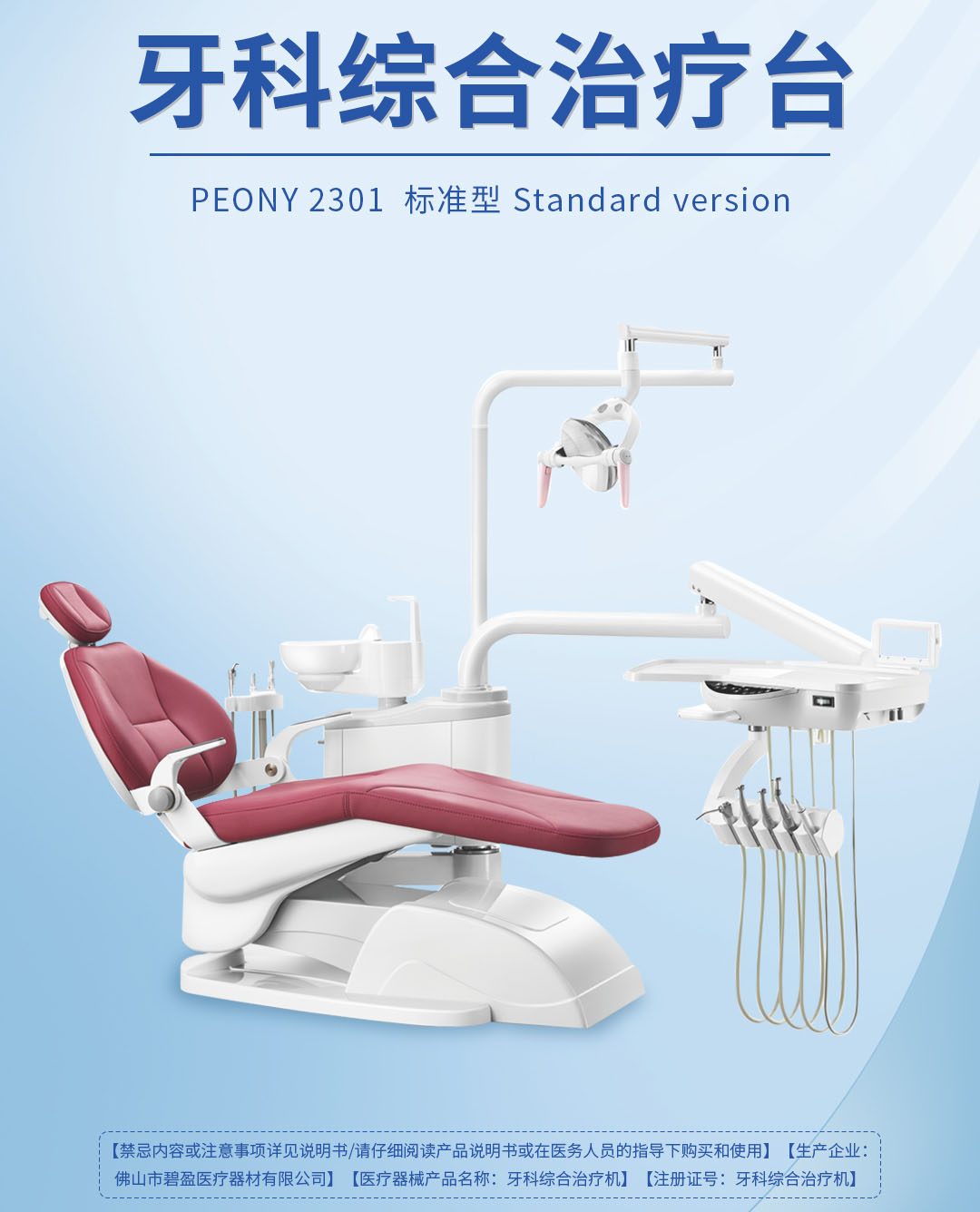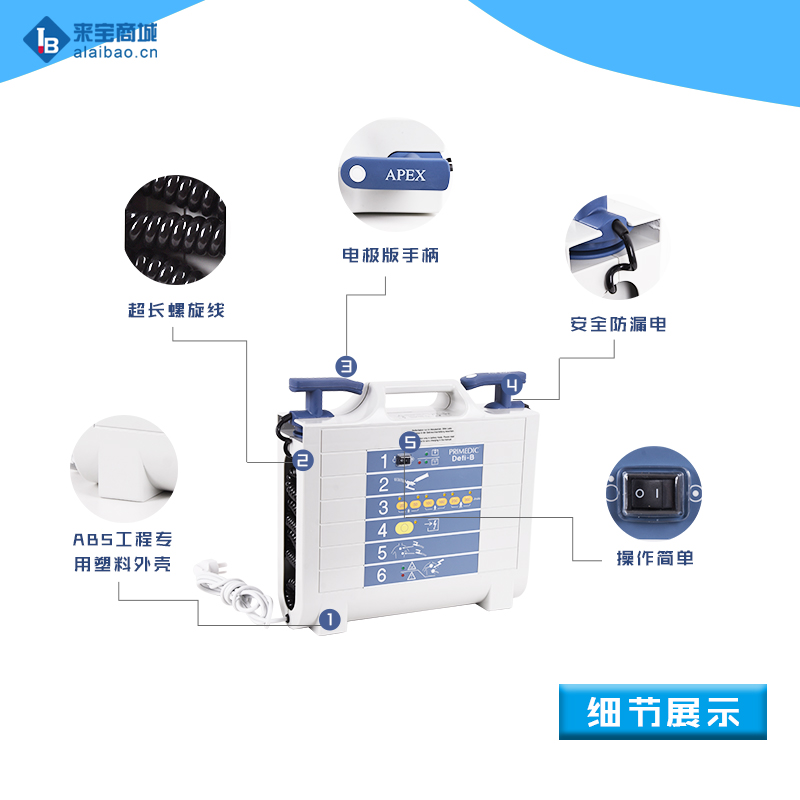让·梅里厄P4实验室
- 来宝网2007年8月30日 9:29 点击:4096
法国第二大经济城市里昂是重要的医药工业研究、生产基地,有许多著名的医药生产企业、研究实验室和生物工业开发园区,其中最亮的一颗星,是成立于1999年3月的世界上目前最先进的高危病毒实验室——让.梅里厄P4实验室。
值得一提的是,这个实验室不是法国的国家实验室,而是由一个家族基金会建立的。在有关部门安排下,记者采访了该实验室。
梅里厄的名字与路易.巴斯德是紧密相连的。法国总统希拉克曾说,查尔斯.梅里厄是“本世纪有突出贡献的人”,“是一个与路易.巴斯德齐名的细菌学家”,他发展了工业生物学和工业细菌学,使后者造福于法国、也造福于人类。
“梅里厄”家族的祖父马赛尔,是巴斯德的弟子和合作者,1897年创立了一个生产结核菌素、制造兽用血清的实验室。

1937年,30岁的查尔斯子承父业,用工业和科学实现了他的梦想——继承巴斯德的事业,让世界上所有的孩子都能接种疫苗。他的贡献是用细胞发酵培养的方式代替从被感染的动物身上提取病毒的方法,使生物学进入了工业化的时代,家庭“小作坊”因此发展成为著名的国际企业,如居世界第一的专门生产人、兽疫苗的巴斯德―梅里厄公司;居法国第一的生产人体健康和生物工业过程控制的传染病活体诊断设备的企业——梅里厄生物技术公司。奇特之处在于,虽然这是一个跨国公司,但目前依属梅里厄家族所有,并实施家族式管理。
这个家族有一个优良的传统——继承巴斯德的人道主义精神传统,将科学研究成果和工业利益用于挽救人类的生命。以家族姓氏命名的梅里厄基金会,致力于传染病研究和预防的国际合作、培训,P4实验室就是由该基金会投资、由巴斯德研究所的专家负责实验运行的实验室。实验室取名让.梅里厄,是为了纪念疫苗专家、因飞机事故不幸英年早逝的让,他的夫人和四个女儿将他的遗产慷慨地捐献给了基金会,为筹建P4实验室奠定了资金基础。
面积仅为600平方米的实验室造价达4000万法郎,其中的仪器设备价值1000万法郎,每年的运行维持和实验费用是190万欧元。负责接待记者的病毒学专家雅克.格兰仕先生介绍说,病毒学研究按细菌、真菌和病毒的致病能力,将它们分为四个等级,“P4”即为最危险的第四等级致病性,如埃博拉、马尔伯格、拉莎等出血热病、三度艾滋病毒等。P4实验室的目的,是为研究人员提供一个安全、可*、无感染危险的实验手段,并在保证环境安全的前提下研究危险性极高的病菌、预防疫苗以及治疗方法。这样的实验室世界上并不多,在让.梅里厄实验室建成以前,只在美国有2个、俄罗斯1个和南非1个。
里昂的P4实验室全部用由玻璃和钢材建成,被一致公认为“新一代P4的首创”。其主楼分为三层:上层是空气处理区,保证实验室人员和动物的呼吸用气及实验室空气的消毒;下层是废物处理区,对实验室器材和实验垃圾进行消毒;中层为真正的P4区。方形主楼的旁边,还有一个两层的、半圆柱形的、金属附属楼,负责进行实验准备,控制实验室的安全,全部由计算机实行中央控制。
P4区主要有两个面积为60至70平方米、相互独立的实验室和一个动物试验室,设计原则是将它们置于“盒子的盒子中”。研究人员进出入实验工作台,必须经过这样的程序:用通行卡和个人密码打开实验区的第一道门,进入房间脱衣、进行清洁淋浴、穿上类似潜水员或宇航员的密封服;进入另一室检查服装的密封性,便可接触免疫荧光显微镜工作台;再开一道门,即可进入动物实验室;此后,还有两道门将存放病菌的恒温箱和实验厅分开。需要说明的是,在进入动物实验室之前的每一个房间都是逐步减压的,房间的门上都安装充气密封垫,以防止病菌往外扩散。
格兰仕先生在情况介绍中谈到,如今,传染病每年导致全世界1700万人死亡,有些人类认为已经能够控制的疾病,如结核病,又在卷土重来,且具有了很强的抗药性;微生物和生态环境的变化,新的疾病不断出现,这些难题都需要P4实验室来解决。特别是生物恐怖主义的出现,使P4实验室成为一种重要的防御工具。
人民日报 2003-01-29 13:01
附:法国让·梅里厄P4实验室介绍 引自:http://www.cervi-lyon.inserm.fr/Presentation/PresentationGB.htm
P4 laboratory "Jean Mérieux": a type of facility with high level of bio security and a research center for viruses, not common in Europe and rare worldwide
The designation P4 (pathogen of class 4) refers to the level of containment required for handling pathogens inducing a high level of mortality in humans. Normally there is no vaccination or efficient medical treatment against these agents. The highest level of containment required to handle these germs is designated by the terminology BSL4 ( Biological safety level 4). The principle class 4 viral agents are Smallpox and virus generating hemorrhagic fevers: Ebola, Lassa, Marburg, Crimea Congo, Rift valley, etc. These infectious diseases are highly contagious with high fatality rates. In relationship to the exterior, the P4 laboratory operates under lower pressures to prevent the escape of the infectious agents and the air is circulated through filters to remove the pathogens. Personnel work in specifically designed suits similar to those in the nuclear industry . At present, fewer than 15 laboratories of this type existi, the majority of which are located in the USA.
The P4 structure is involving a number of scientific institutions
In October 2000, the Merieux Foundation and the Pasteur Institute created the "Research Center Mérieux Pasteur in Lyon” : the Merieux Foundation was responsible for the technical maintenance ensured the technical maintenance and biosecurity while the Pasteur Institute assumed the scientific direction. For this, the Pasteur Unit “biology of Emerging Viral Infections (UBIVE)” was created , and this included the National Reference Centre for Hemorrhagic Fevers (CNR).
Since 2004 , INSERM (French National Institute of Health and Medical Research ) is responsible for the administration of the P4 laboratory. In addition to the Pasteur Institute unit, INSERM has two teams which are researching on Paramyxovirus and Ebola virus .
The Jean Mérieux-INSERM P4 laboratory de Lyon has five main objectives
(i) Public health: to ensure the maintenance of the P4 buildings and training of people to work within a P4 laboratory.
(ii) The diagnosis and monitoring of special pathogenic agents. These may be known or emerging pathogens either of natural origin or created by bioterrorism. To this end INSERM seeks the collaboration of other structures with relevant expertise such as National Reference Centres, Armed Forces Centres of research, University, etc… ..
(iii) To accommodate scientific teams (INSERM or others) on research programs for specific pathogens.
The P4 Jean Mérieux/ INSERM does not carry out research itself, but supplies and supports the necessary ultrastructure to perform studies within the P4 laboratory. Prospective teams submit their projects to the Director of P4 laboratory and it is subsequently examined by the P4 Scientific Council which is in charge of giving its advice (recommanding the project or not). Teams whose programs are approved need to provide appropriate funding. The director of P4 laboratory makes his decision, and, if needed, refers to the Director General of INSERM. .
(iiii) Management of the National bank of special pathogenic agents.
(iiiii) Collaboration with other countries possessing P4 laboratories, or wishing to collaborate with the French P4. Collaborations include European, American, or Asian teams: exchange of information, pathogens, and reagents in keeping with the biosecurity rules, particularly those of AFNOR, AFSSAPS, OECD (NF-EN ISO/CEI 17 025), European Networks, G 7 , G 8, etc…
P4 Jean Mérieux-INSERM is a structure open to collaboration. It is important:
for the Rhone Alpes region which accepted it following a period of debate.
for infectious disease research in Lyon - it will contribute to a major centre of research in this field
at a national level – because there are few structures in Europe,
to survey possible bioterrorist activity (in collaboration with military scientists )
联系邮箱:kefu@labbase.net
版权与免责声明
- 凡本网注明“来源:来宝网”的所有作品,版权均属于来宝网,转载请必须注明来宝网, //www.next-search.com,违反者本网将追究相关法律责任。
- 本网转载并注明自其它来源的作品,目的在于传递更多信息,并不代表本网赞同其观点或证实其内容的真实性,不承担此类作品侵权行为的直接责任及连带责任。其他媒体、网站或个人从本网转载时,必须保留本网注明的作品来源,并自负版权等法律责任。
- 如涉及作品内容、版权等问题,请在作品发表之日起一周内与本网联系,否则视为放弃相关权利。







